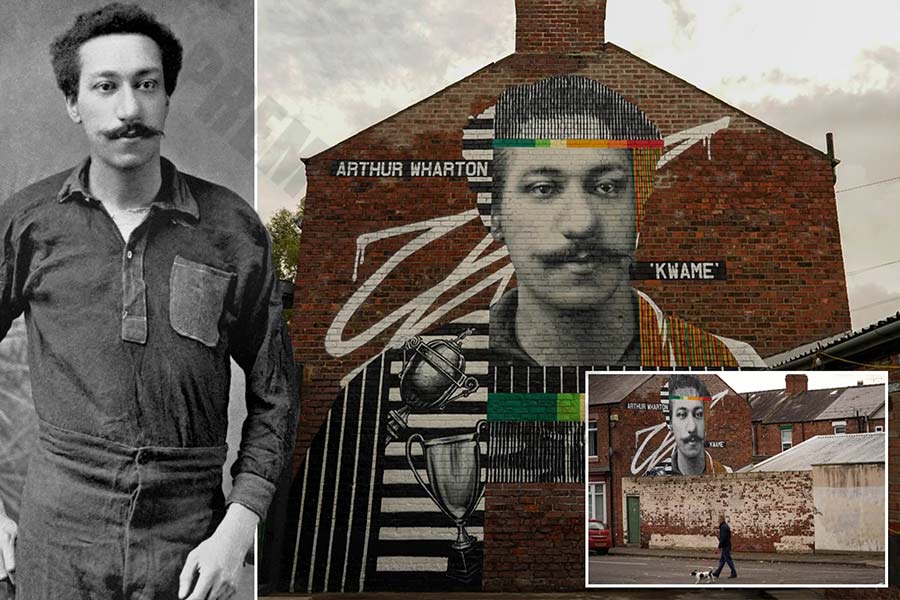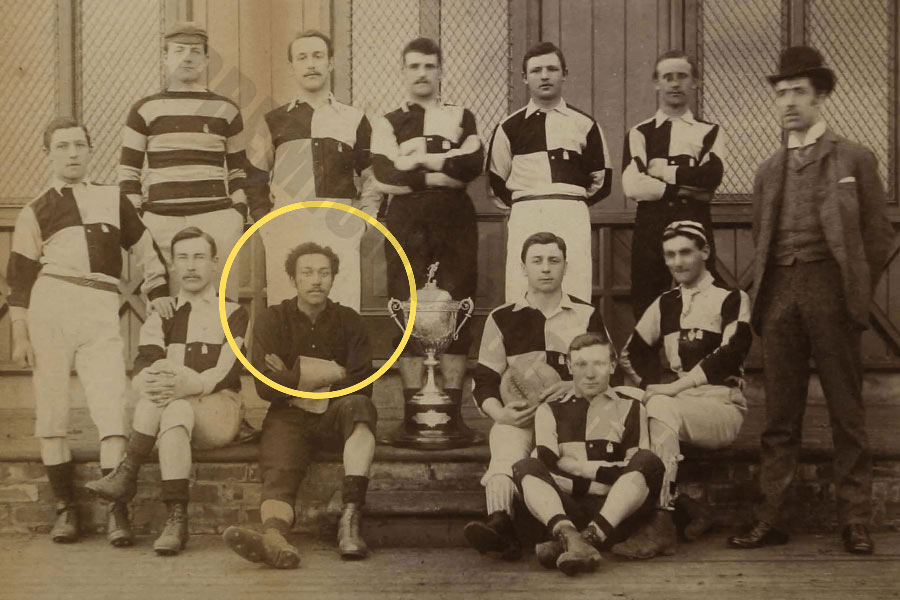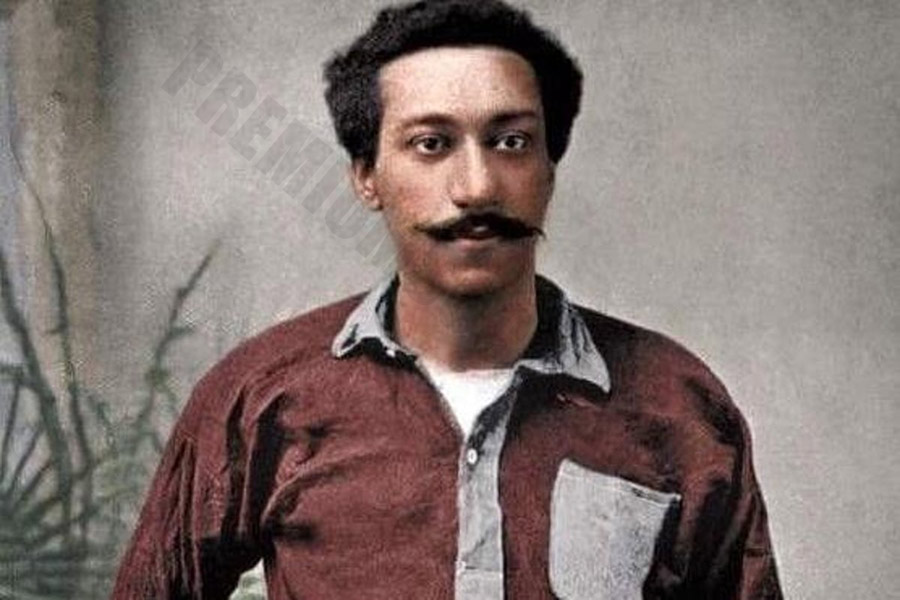Who was the first black football player?
Who was the first black football player? This is not only a question about the history of sports but also the story of a man who broke barriers to create a lasting legacy. Arthur ‘Kwame’ Wharton, born in 1865 in Jamestown, Ghana, is widely recognized as the first black professional footballer in the United Kingdom. With his outstanding talent on the field and the ability to overcome all prejudices, Arthur not only made his mark in football but also shone in many other fields such as athletics, cricket, and rugby. His story is not only an inspiration for the next generation but also a reminder that the fight against racism still continues. Let’s explore more with Premiumsoccertips through the following article!
Who was the first black football player?
Arthur ‘Kwame’ Wharton is celebrated as the first black professional footballer in the UK. Born in Jamestown, Ghana in 1865, his parents were Grenadian-Scottish missionaries and members of the Ghanaian Fante royal family. In 1883, he relocated to the UK to study as a missionary at Cleveland College in Darlington, where he quickly started playing as a goalkeeper for Darlington FC.

Arthur was a member of the Preston North End team that reached the FA Cup semi-finals in 1886–87, and was the first black player to play in the First Division when he played for Sheffield United in the 1894–95 season.
He was also a professional cricketer, champion cyclist and rugby player. In July 1886, he became the first officially fastest man, running the 100-yard dash in 10 seconds, a record that would not be broken for 30 years.
Arthur was a pioneer, but he was not alone. Black players have featured elsewhere in football history, such as Andrew Watson, who captained Scotland to victory over England in 1881.
Shining a dark, forgotten story
Mike said: “He was a beacon for black sportsmen ahead of his time, but his story ended sadly and in oblivion.”
Arthur’s reputation began to fade when he retired from professional football in 1902, working as a miner in Yorkshire but continuing to play cricket. In 1930, Arthur died in poverty at Springwell Sanatorium in Balby and was buried in an unmarked grave in Edlington Cemetery.
It was not until 1997 that Arthur’s grave was finally given a headstone and his story began to receive support from Shaun Campbell, founder of the Arthur Wharton Foundation.
When choosing a betting platform, consider the bookmaker ratings to ensure reliability
Empathy and accuracy were essential in telling Arthur’s story
Mike acknowledges the limitations of his perspective as a white filmmaker, but says advice from collaborators with lived experience has been invaluable in helping him be as empathetic and authentic as possible.
“We use historically accurate racial language, like newspaper headlines from Arthur’s time. It’s uncomfortable, but we couldn’t tell his story accurately without it”.

An early draft of the script had Arthur accepting apologies from his former teammates for the racism he faced, but feedback from screenwriter Ishy Din helped Mike realize that this moment needed to be changed.
“It was obviously too saccharine in tone. Arthur rejecting those apologies is now a powerful point in the film. It’s a quiet moment of reckoning with past pain that will resonate with everyone who watches the film”.
Black players have always been a part of football history
Mike expects the film to be released in early 2025 and hopes to screen at film festivals and on streaming platforms. The Arthur Wharton Foundation will screen the film in schools, colleges and community centres to encourage discussions about race and black heritage.
The film tells a nuanced story of a black man who reached both the pinnacle of world record-breaking and the depths of poverty. Clubs and teammates discovered Arthur’s talent, accepted him as a member of their team, but stood by as he was portrayed in racist terms in the press.

While football is more diverse than ever, black players still face racism. Remembering Arthur’s story helps us see how far we have come, while also reminding us that we all still have work to do to create a just society where everyone’s differences and heritage are valued.
Reflective or inspirational
Who was the first black football player? The answer goes beyond Arthur ‘Kwame’ Wharton, and opens up an inspiring story of resilience and talent beyond his time. He was not only a pioneer on the pitch, but also a symbol of the spirit of overcoming all barriers to assert himself. Although Arthur’s life ended in poverty and oblivion, his legacy has been revived thanks to the efforts of the Arthur Wharton Foundation and the community. Looking back at Arthur’s journey, we not only see the development of football but also a deeper awareness of the role of diversity and equality in sport as well as in life. This story is a reminder that history should not forget those who paved the way.








